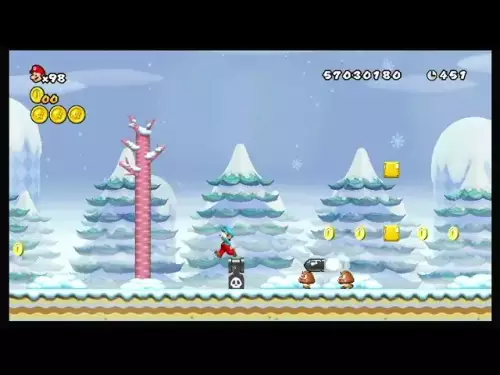-
 Bitcoin
Bitcoin $110800
0.01% -
 Ethereum
Ethereum $4316
-0.12% -
 Tether USDt
Tether USDt $1.000
0.00% -
 XRP
XRP $2.816
0.67% -
 BNB
BNB $852.9
0.85% -
 Solana
Solana $203.8
0.60% -
 USDC
USDC $0.9998
0.01% -
 Dogecoin
Dogecoin $0.2178
2.22% -
 TRON
TRON $0.3314
-1.05% -
 Cardano
Cardano $0.8333
2.64% -
 Hyperliquid
Hyperliquid $47.71
5.25% -
 Chainlink
Chainlink $22.42
0.19% -
 Ethena USDe
Ethena USDe $1.001
-0.01% -
 Sui
Sui $3.389
2.89% -
 Bitcoin Cash
Bitcoin Cash $604.1
2.77% -
 Stellar
Stellar $0.3600
1.65% -
 Avalanche
Avalanche $24.36
1.59% -
 Hedera
Hedera $0.2185
2.21% -
 Cronos
Cronos $0.2744
3.99% -
 UNUS SED LEO
UNUS SED LEO $9.557
-0.01% -
 Litecoin
Litecoin $112.2
0.40% -
 Toncoin
Toncoin $3.084
-0.52% -
 Shiba Inu
Shiba Inu $0.00001241
2.16% -
 Polkadot
Polkadot $3.839
1.78% -
 Uniswap
Uniswap $9.391
0.64% -
 Dai
Dai $0.9998
-0.01% -
 Ethena
Ethena $0.7336
12.46% -
 Monero
Monero $268.2
0.03% -
 Aave
Aave $302.6
-1.40% -
 World Liberty Financial
World Liberty Financial $0.1835
1.03%
What is a market order in futures trading?
Market orders in futures trading ensure immediate execution at the best available price but carry slippage risks, especially in volatile or illiquid crypto markets.
Sep 06, 2025 at 06:37 am
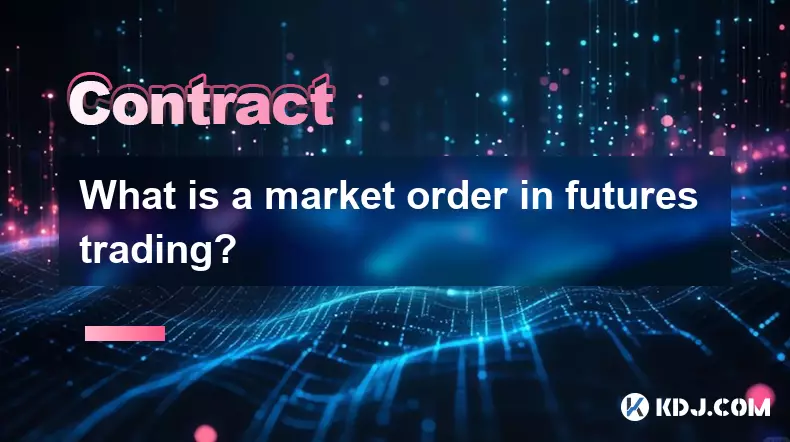
Understanding Market Orders in Futures Trading
1. A market order in futures trading is an instruction to buy or sell a contract immediately at the best available current price. Unlike limit orders, which specify a particular price, market orders prioritize execution speed over price control. Traders use market orders when they want to enter or exit a position quickly, especially in fast-moving markets.
2. When a market order is placed, it gets filled based on the existing orders in the order book. For a buy market order, the system matches it with the lowest available ask price. For a sell market order, it matches with the highest available bid price. This ensures immediate execution but may result in slippage, particularly during periods of high volatility or low liquidity.
3. Slippage occurs when the executed price differs from the expected price at the time of order placement. In turbulent market conditions, such as during major news releases or macroeconomic data announcements, the gap between expected and actual fill prices can be significant. This risk is inherent in market orders and must be considered by traders.
4. Market orders are commonly used by traders who prioritize certainty of execution over price precision. Day traders and scalpers, for example, often rely on market orders to capture short-term price movements. However, due to the potential for adverse fills, experienced traders may combine market orders with risk management tools like stop-losses or position sizing strategies.
5. In highly liquid futures markets such as those for Bitcoin or Ethereum, market orders tend to execute with minimal slippage because of the depth of the order book. However, in less liquid altcoin futures or niche derivatives, the same order type can lead to substantial price deviations, increasing trading costs and reducing profitability.
Key Advantages of Using Market Orders
1. Immediate execution is the primary benefit of market orders. Traders gain instant exposure to the market, which is crucial when reacting to time-sensitive information or closing losing positions to limit further losses.
2. High probability of full fill increases reliability, especially in major cryptocurrency futures contracts traded on large exchanges like Binance or Bybit. The robust infrastructure and deep liquidity pools support rapid matching of market orders.
3. Simplicity makes market orders accessible to both novice and experienced traders. There is no need to analyze order book depth or predict short-term price levels—just a straightforward decision to enter or exit.
4. Useful in breakout scenarios where waiting for a specific price might result in missed opportunities. During strong momentum moves, market orders allow traders to ride the trend from the early stages, capturing maximum movement.
5. Effective for closing positions under emergency conditions, such as sudden exchange outages or extreme volatility events. In such cases, getting out of a leveraged position quickly outweighs concerns about minor price differences.
Risks Associated with Market Orders in Crypto Futures
1. Price slippage can erode profits or amplify losses, especially in low-volume altcoin futures. A large market order may consume multiple price levels in the order book, resulting in an average fill price worse than anticipated.
2. Vulnerability to market manipulation is higher in less regulated crypto derivatives markets. Whales or coordinated groups can trigger stop-loss clusters, creating artificial price spikes that force market orders to execute at unfavorable rates.
3. Lack of price control means traders surrender influence over their entry or exit points. This becomes problematic in choppy or range-bound markets where small price fluctuations can lead to poor fills.
4. In fast-moving bear markets, market sell orders may execute far below intended levels due to cascading liquidations. This phenomenon, often seen during crypto crashes, leads to panic-driven exits at suboptimal prices.
5. Dependency on exchange infrastructure introduces execution risk. Network latency, server outages, or front-running algorithms can delay or distort market order execution, particularly during peak trading hours.
Frequently Asked Questions
What happens if there is not enough liquidity for my market order? If the order book lacks sufficient depth, your market order will continue matching against progressively worse prices until fully filled. This can lead to significant slippage, especially in illiquid futures contracts.
Can a market order be canceled once placed? No, market orders are executed instantly upon submission and cannot be canceled. Once sent, the trade is processed immediately based on available liquidity.
How does a market order differ from a limit order in futures trading? A market order executes immediately at the best available price, while a limit order only executes at a specified price or better. Limit orders provide price certainty but may not fill if the market doesn’t reach the set level.
Are market orders suitable for large position sizes in crypto futures? Generally not. Large market orders can move the market price due to limited order book depth, leading to poor execution. Traders with sizable positions often use limit orders or algorithmic execution strategies to minimize impact.
Disclaimer:info@kdj.com
The information provided is not trading advice. kdj.com does not assume any responsibility for any investments made based on the information provided in this article. Cryptocurrencies are highly volatile and it is highly recommended that you invest with caution after thorough research!
If you believe that the content used on this website infringes your copyright, please contact us immediately (info@kdj.com) and we will delete it promptly.
- Cryptos, Future, Investment: Spotting the Next Big Thing in the Wild World of Digital Assets
- 2025-09-06 08:45:13
- Arctic Pablo, Trump Coin & Crypto Mania: What's the Deal?
- 2025-09-06 09:05:13
- BullZilla ($BZIL): Riding the Meme Coin Wave with Presale Price Potential
- 2025-09-06 06:45:14
- Bitcoin Whale Awakens: $10 Billion Ethereum Shift?
- 2025-09-06 06:25:11
- Cardano, Pi Network, and Presale Altcoins: What's the Buzz?
- 2025-09-06 04:45:15
- Bitcoin Hashrate, Price, and ATH: Navigating the Crypto Landscape
- 2025-09-06 04:30:12
Related knowledge

What to do if you are about to be liquidated?
Sep 06,2025 at 01:00am
Understanding Liquidation in the Crypto Market1. Liquidation occurs when a trader’s margin balance falls below the required maintenance margin, forcin...
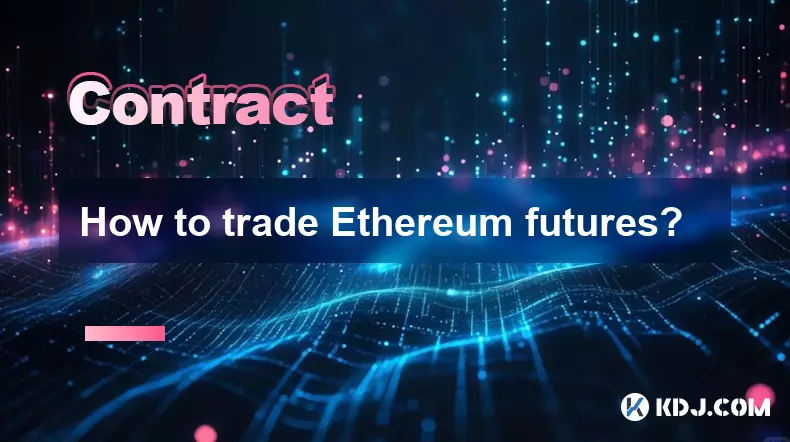
How to trade Ethereum futures?
Sep 05,2025 at 03:54pm
Understanding Ethereum Futures Basics1. Ethereum futures are financial derivatives that allow traders to speculate on the future price of ETH without ...
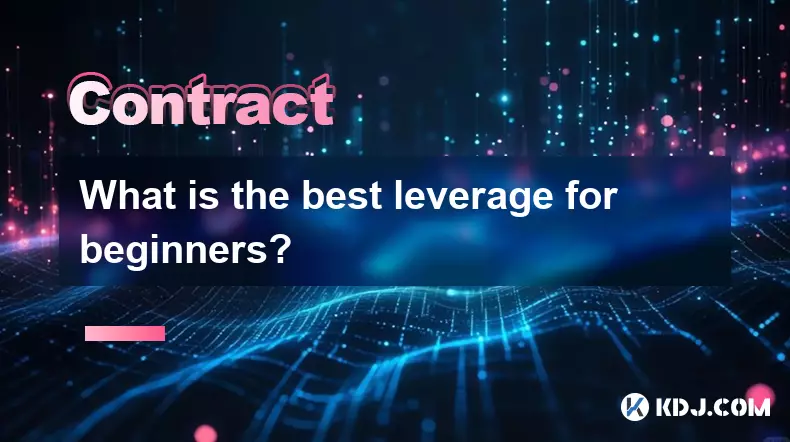
What is the best leverage for beginners?
Sep 06,2025 at 02:37am
Understanding Leverage in Cryptocurrency Trading1. Leverage allows traders to borrow funds to increase their position size beyond their available capi...
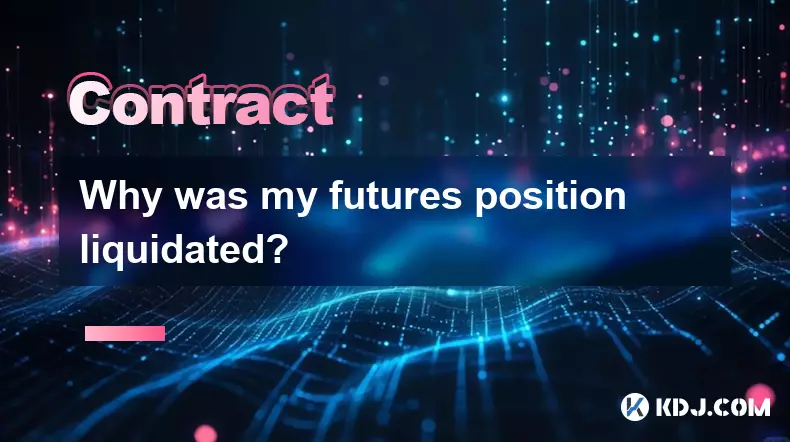
Why was my futures position liquidated?
Sep 06,2025 at 12:18am
Decentralized Exchanges and Their Impact on Crypto Trading1. Decentralized exchanges (DEXs) have reshaped the way users interact with digital assets b...
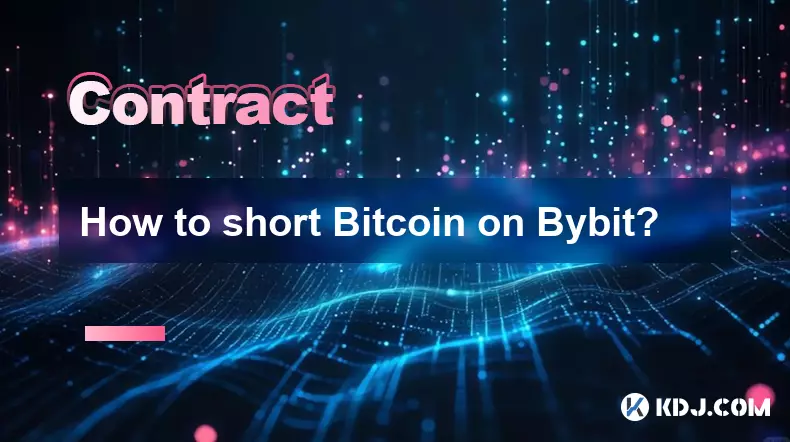
How to short Bitcoin on Bybit?
Sep 06,2025 at 04:36am
Understanding Short Selling on Bybit1. Short selling Bitcoin on Bybit allows traders to profit from price declines. This strategy involves borrowing B...
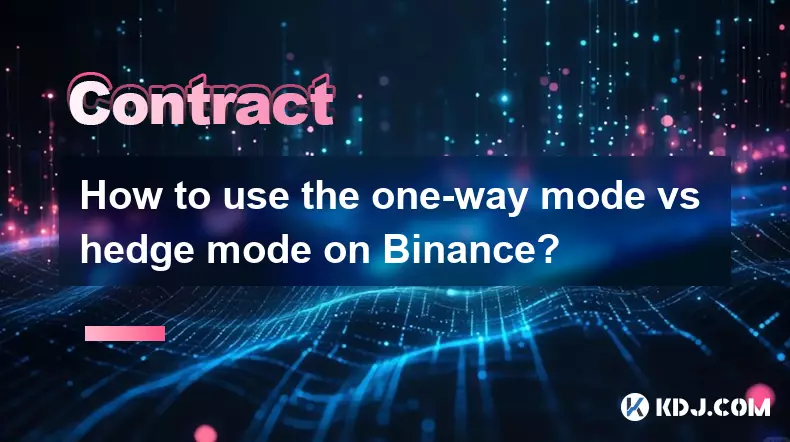
How to use the one-way mode vs hedge mode on Binance?
Sep 06,2025 at 07:54am
Understanding One-Way Mode on Binance1. One-way mode functions as a linear trading system where each position is independent and directional. Traders ...

What to do if you are about to be liquidated?
Sep 06,2025 at 01:00am
Understanding Liquidation in the Crypto Market1. Liquidation occurs when a trader’s margin balance falls below the required maintenance margin, forcin...

How to trade Ethereum futures?
Sep 05,2025 at 03:54pm
Understanding Ethereum Futures Basics1. Ethereum futures are financial derivatives that allow traders to speculate on the future price of ETH without ...

What is the best leverage for beginners?
Sep 06,2025 at 02:37am
Understanding Leverage in Cryptocurrency Trading1. Leverage allows traders to borrow funds to increase their position size beyond their available capi...

Why was my futures position liquidated?
Sep 06,2025 at 12:18am
Decentralized Exchanges and Their Impact on Crypto Trading1. Decentralized exchanges (DEXs) have reshaped the way users interact with digital assets b...

How to short Bitcoin on Bybit?
Sep 06,2025 at 04:36am
Understanding Short Selling on Bybit1. Short selling Bitcoin on Bybit allows traders to profit from price declines. This strategy involves borrowing B...

How to use the one-way mode vs hedge mode on Binance?
Sep 06,2025 at 07:54am
Understanding One-Way Mode on Binance1. One-way mode functions as a linear trading system where each position is independent and directional. Traders ...
See all articles
























